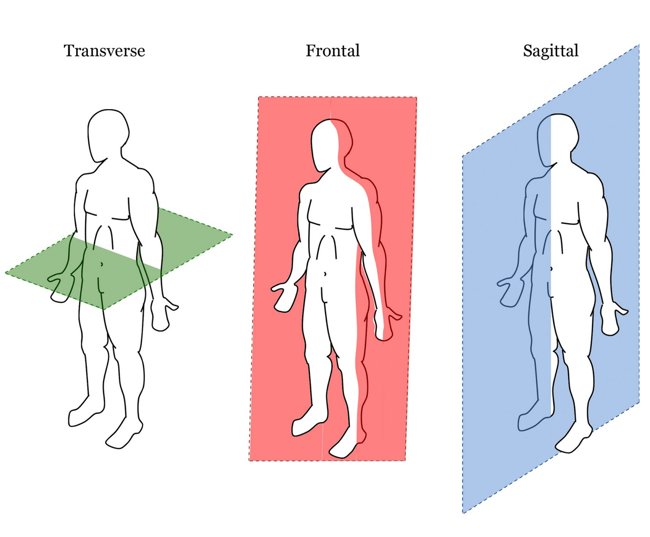PTSD, Exercise Rehabilitation and Return to Work

On a daily basis I assist my patients with various conditions in their progressive return to work and pre-injury capabilities. One of these conditions is Post-Traumatic Stress Disorders (PTSD) with regular exercise providing significant benefits. The health benefits of regular exercise on physical and mental well-being are well researched. In regards to mental well-being, regular exercise is correlated with improvements in mood, self-esteem, cognitive function, sleep and reduced anxiety and depression.
I recently completed an exercise rehabilitation programme with a Paramedic diagnosed with PTSD following several distressing events at work. A multidisciplinary team comprised of exercise physiology, psychology, and occupational therapy was utilised to great effect. The exercise component consisted of a structured gym-based programme at a convenient facility for the patient. The goals of the programme were to assist with establishing a routine, mood enhancement, exposure to social settings, and work-specific conditioning. Consideration of an old back injury was also taken into account.
In a positive sign the patient responded extremely well to the exercise programme with a regular routine established and progressive reductions on the Depression, Anxiety and Stress Scale -21 (DASS-21). Regular communication was maintained with all stakeholders and the patient was actively engaged in all components of their rehabilitation programme. At the conclusion of the exercise physiology programme a graduated return to work was implemented and the patient demonstrated the ability to successfully maintain the prescribed exercise interventions and was able to perform them independently.
The collaborative approach and regular communication between stakeholders aided the positive outcome and graduated return to work for the patient. Exercise rehabilitation provided a means of establishing a routine, increasing social interactions, enhancing mental health, and demonstrating the readiness to return to work. Continuing with regular exercise will assist with maintaining both physical and mental well-being and reduce the likelihood of exacerbations.
If you would like more information on how exercise rehabilitation can assist you, please contact us at info@absolutebalance.com.au
Daniel D’Avoine BSc(ExerSc&Rehab)
Exercise Rehabilitation Team Leader – Workers Compensation Specialist
References:
Crombie, K.M., Brellenthin, A.G., Hillard, C.J., & Koltyn, K.F. (2018). Psychobiological responses to aerobic exercise in individuals with posttraumatic stress disorder. Journal of Traumatic Stress, 31 (1), 134-145.
DOI: 10.1002/jts.22253
Hall, K.S., Morey, M.C., Beckham, J.C., Bosworth., H.B., Sloane, R., Pieper, C.F., & Pebole, M.M. (2020). Warrior Wellness: A randomized controlled pilot trial of the effects of exercise on physical function and clinical health risk factors in older military veterans with PTSD. The Journals of Gerontology: Medical Sciences, 75 (11), 2130-2138.
doi:10.1093/gerona/glz255
Hegberg, N.J., Hayes, J.P., & Hayes, S.M. (2019). Exercise intervention in PTSD: A narrative review and rationale for implementation. Frontiers in Psychiatry, 10 (133),
DOI: 10.3389/fpsyt.2019.00133
Saeed, S.A., Cunningham, K., & Bloch, R.M. (2019). Depression and anxiety disorders: benefits of exercise, yoga, and meditation. American Family Physician, 99(10), 620-627.




